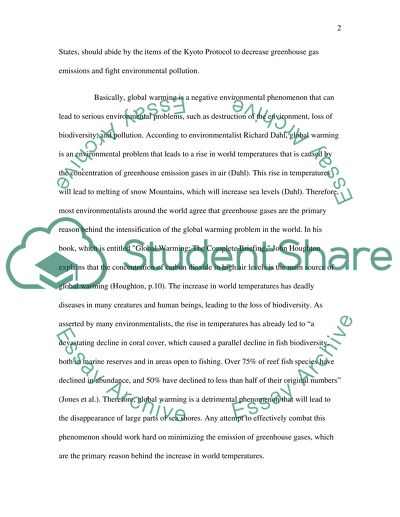Cite this document
(“The Kyoto Protocol and the Environment Essay Example | Topics and Well Written Essays - 1750 words”, n.d.)
Retrieved from https://studentshare.org/environmental-studies/1584542-the-kyoto-protocol-and-the-environment
Retrieved from https://studentshare.org/environmental-studies/1584542-the-kyoto-protocol-and-the-environment
(The Kyoto Protocol and the Environment Essay Example | Topics and Well Written Essays - 1750 Words)
https://studentshare.org/environmental-studies/1584542-the-kyoto-protocol-and-the-environment.
https://studentshare.org/environmental-studies/1584542-the-kyoto-protocol-and-the-environment.
“The Kyoto Protocol and the Environment Essay Example | Topics and Well Written Essays - 1750 Words”, n.d. https://studentshare.org/environmental-studies/1584542-the-kyoto-protocol-and-the-environment.


